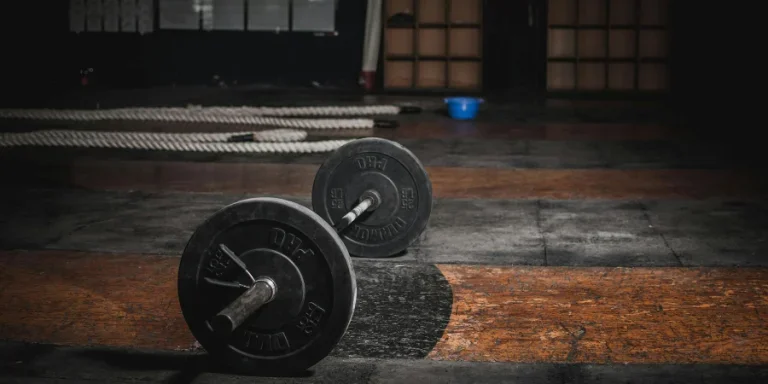The barbell, a pivotal tool in the world of strength training, offers a versatile approach to building muscle, enhancing endurance, and improving overall fitness. This guide delves deep into the essence of barbell training, its rising popularity, and how it can be a game-changer in your fitness journey. Whether you’re a beginner or an experienced athlete, understanding the nuances of choosing and using a barbell effectively can elevate your workouts to new heights.
Table of Contents:
1. What is a barbell
2. The popularity of the barbell
3. Is the barbell good for you
4. How to choose a barbell
5. How to use a barbell
What is a barbell
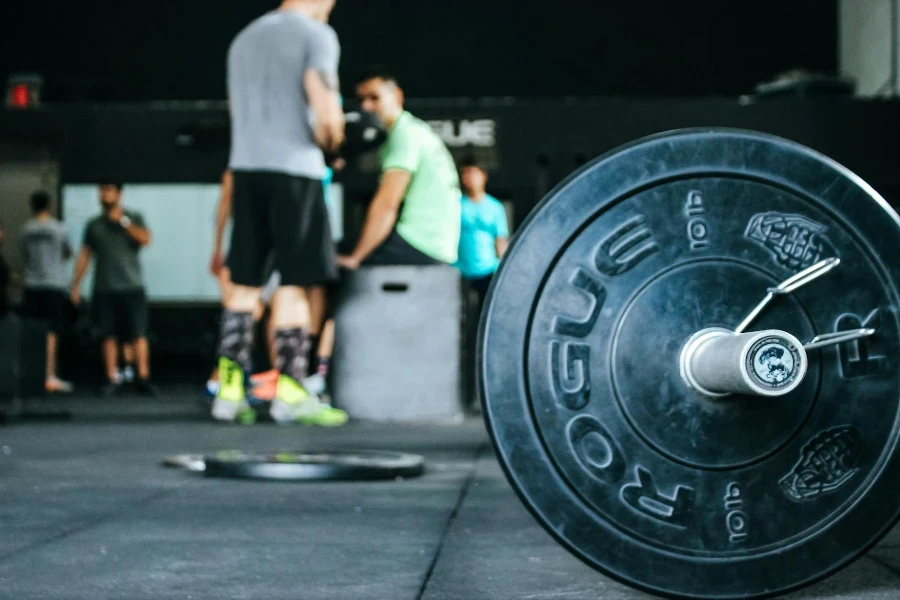
A barbell is a long metal bar that can be loaded with varying amounts of weight on either end, used primarily for weight training and powerlifting. The standard barbell is about 7 feet long and weighs approximately 20 kilograms, but variations exist in size and weight to accommodate different training needs and preferences. The bar itself is designed with a knurled surface to provide a secure grip for the user, and the weights, or plates, are secured on either end with collars to prevent them from sliding off during exercises.
The versatility of the barbell allows for a wide range of exercises targeting all major muscle groups. From squats, deadlifts, and bench presses to Olympic lifts like the clean and jerk or the snatch, the barbell can be used for both compound and isolation movements, making it a staple in strength and conditioning programs. Its ability to be loaded with heavy weights makes it particularly effective for progressive overload, a key principle in strength training where the muscles are continuously challenged to grow stronger by incrementally increasing the weight lifted.
Moreover, the simplicity of the barbell, devoid of complex mechanisms or electronics, lends itself to a focus on fundamental movement patterns and the development of raw strength and power. This simplicity, coupled with its effectiveness, has cemented the barbell’s place in gyms and training facilities worldwide, appealing to athletes and fitness enthusiasts alike.
The popularity of the barbell
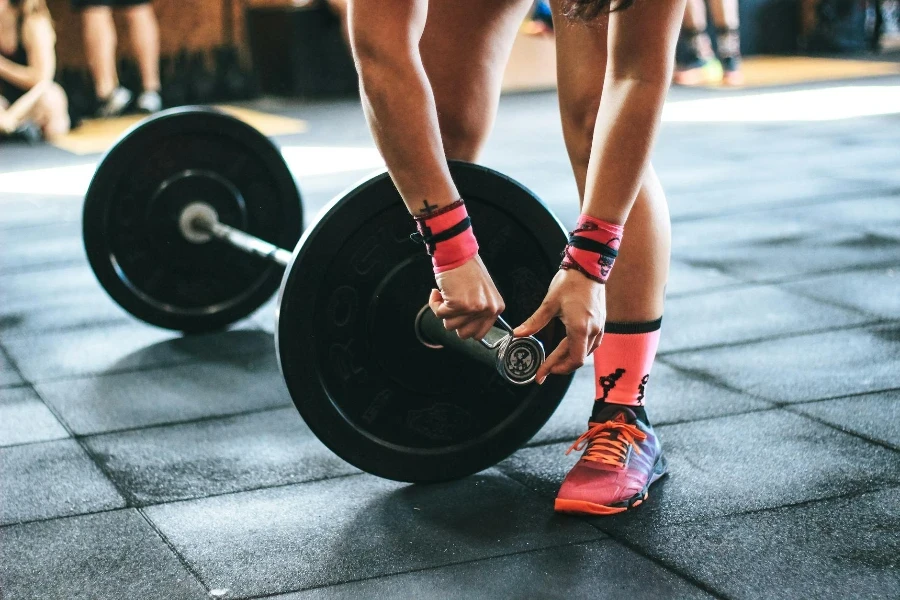
The barbell has seen a resurgence in popularity, thanks in part to the rise of strength sports such as powerlifting and Olympic weightlifting, as well as the growing emphasis on strength training in the fitness community. The appeal of barbell training lies in its straightforward approach to building strength, its efficiency in targeting multiple muscle groups simultaneously, and its scalability, catering to both novices and elite athletes.
Social media and the internet have also played a significant role in popularizing barbell exercises. Platforms like YouTube and Instagram are awash with instructional videos, workout routines, and inspirational content from fitness influencers and professional athletes, making the barbell more accessible and demystifying its use for the general public. This online presence has fostered a supportive community of barbell enthusiasts who share tips, achievements, and encouragement, further contributing to its popularity.
Furthermore, the inclusion of barbell exercises in high-intensity interval training (HIIT) and functional fitness programs has introduced the tool to a broader audience. These fitness trends emphasize the importance of strength, endurance, and mobility, for which the barbell is perfectly suited. As a result, more people are incorporating barbell training into their routines, recognizing its potential to dramatically improve physical performance and health.
Is the barbell good for you
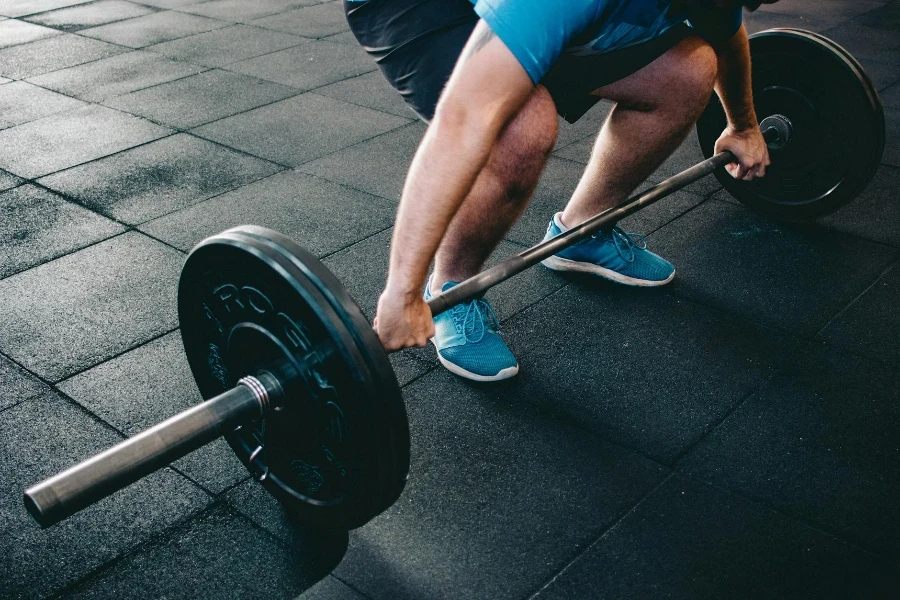
Barbell training offers numerous benefits, making it an excellent addition to any fitness regimen. Firstly, it is highly effective for building both muscle mass and strength due to its suitability for heavy lifts and compound movements that engage multiple muscle groups. This comprehensive muscle engagement not only enhances athletic performance but also supports daily activities by improving overall functional strength.
Secondly, barbell exercises promote bone health by subjecting the bones to stress, which, in turn, stimulates bone-forming cells and slows the loss of bone density. This is particularly beneficial as we age, helping to reduce the risk of osteoporosis and fractures. Additionally, the focus on proper form and technique required in barbell training can improve posture and balance by strengthening the core and stabilizing muscles.
However, it’s important to note that while barbell training can be incredibly beneficial, it also carries a risk of injury if performed incorrectly. Proper technique, gradual progression in weight, and an understanding of one’s own limits are crucial to safely incorporating barbell exercises into a workout routine. For beginners, seeking guidance from a certified trainer can provide a solid foundation in these fundamentals, minimizing the risk and maximizing the benefits of barbell training.
How to choose a barbell
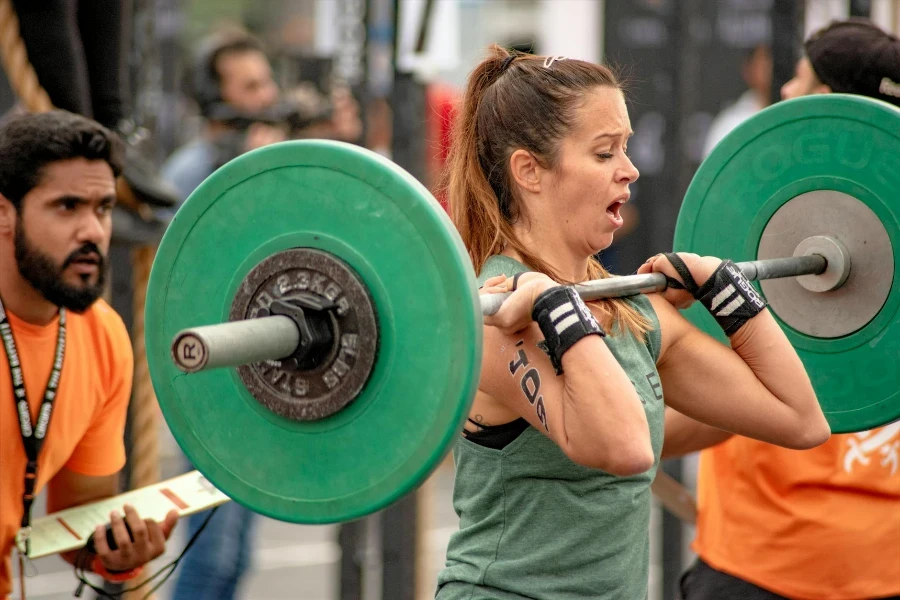
Choosing the right barbell depends on several factors, including your training goals, experience level, and the types of exercises you plan to perform. The standard Olympic barbell, weighing 20 kilograms and measuring around 7 feet in length, is a versatile option suitable for a wide range of exercises. However, those new to barbell training might consider starting with a lighter training bar to focus on form and technique before progressing to heavier weights.
The barbell’s sleeve rotation is another important consideration, especially for those interested in Olympic weightlifting. Bearings or bushings within the sleeves allow the weights to spin independently of the bar, reducing torque and strain on the wrists and shoulders during lifts like the snatch and clean and jerk. While bearings generally provide smoother rotation and are preferred for Olympic lifting, bushings offer a more cost-effective solution suitable for general strength training.
Finally, the knurling pattern and grip diameter should also be taken into account. A more aggressive knurling provides a better grip for heavy lifts, while a finer pattern may be more comfortable for high-repetition workouts. The grip diameter affects the ease of holding the bar, with a thicker bar increasing grip strength demands. Considering these aspects will help you select a barbell that meets your specific needs and preferences, enhancing your training experience.
How to use a barbell
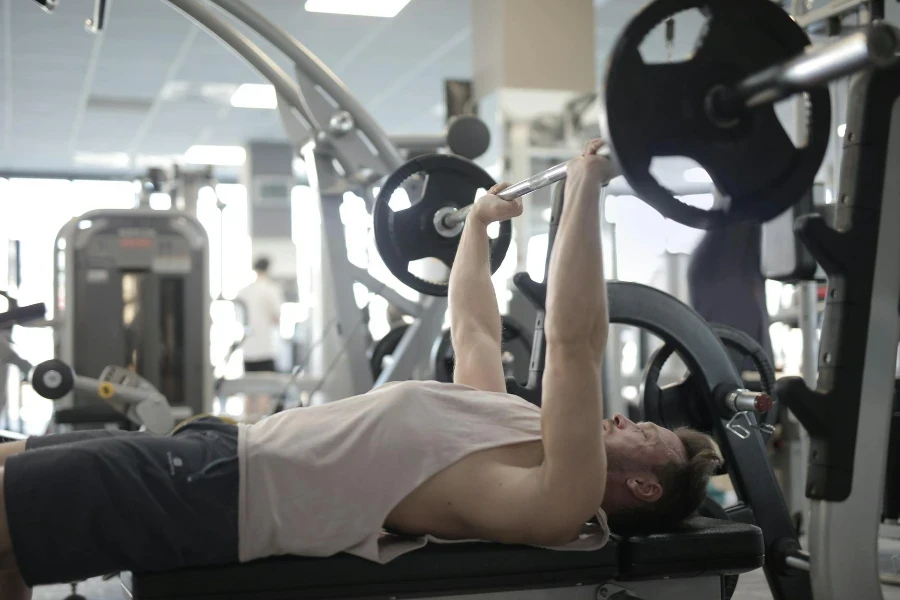
Using a barbell correctly is paramount to reaping its benefits while minimizing the risk of injury. Starting with the basics, always ensure the weights are securely fastened with collars to prevent them from sliding off during your workout. When performing any barbell exercise, maintaining proper form and technique is crucial. This means engaging your core, keeping your back straight, and avoiding any jerky movements or momentum to lift the weight.
For beginners, mastering the fundamental barbell movements with light weights or even just the bar is advisable before adding significant weight. This foundational phase allows you to focus on form, breathing, and the specific muscle engagement required for each exercise. Incremental progression is key; only increase the weight when you can perform the current weight with proper form and relative ease.
Additionally, incorporating a mix of compound and isolation exercises into your barbell routine can ensure a balanced approach to strength training. Compound exercises like squats, deadlifts, and presses target multiple muscle groups simultaneously, offering efficient workouts and functional strength gains. Isolation exercises, although often performed with dumbbells or machines, can also be done with a barbell to focus on specific muscles, refining strength and muscle symmetry.
Conclusion
The barbell stands as a cornerstone of strength training, offering a straightforward yet profoundly effective means to build muscle, enhance athletic performance, and improve overall health. Its versatility and scalability make it suitable for individuals at any fitness level, from beginners to elite athletes. By understanding how to choose and use a barbell correctly, you can safely incorporate this powerful tool into your fitness regimen, unlocking new levels of strength and capability. Whether your goal is to gain muscle, increase strength, or simply improve your health, the barbell can be your ally on this journey.
